The cane bamboo meadows and craggy cliffs of Taiwan’s Central Mountain Range are mostly beyond reach for those unwilling or unable to strap on a heavy pack and trudge for hours (or days) up to elevations of over 3,000 meters. Spending a night up there usually involves a cold, uncomfortable night in a sleeping bag without a warm shower. There is, however, one prominent exception to this: the Hehuan Mountain (合歡山) area.
A smooth asphalt road allows for a comfortable drive right up and over the spine of the Central Mountains, while those who wish to spend the night here can enjoy a restaurant meal and hot shower before settling down for a night in a warm bed. Enjoying the view of Cilai Mountain (奇萊山) over morning coffee and a buffet breakfast in a comfortable dining room is a sharp contrast to the experience of shivering over a bowl of congee that is the norm elsewhere in the high mountains.
TAIWAN’S HIGHEST ROAD
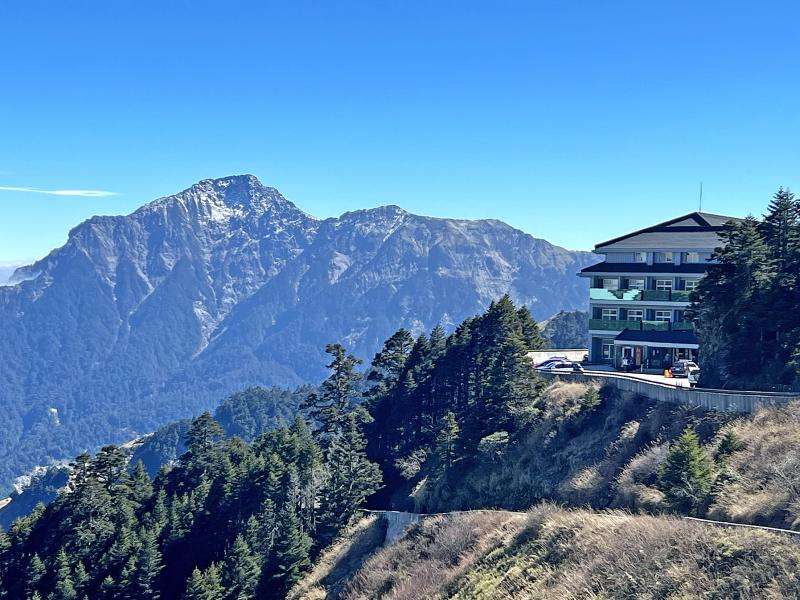
Photo courtesy of IG@shadowring1011
The drive itself makes a trip to Hehuan Mountain worthwhile. For much of its course, the current road follows the old Hehuan Cross-Island Trail (合歡越嶺道) from the Japanese era that connected the east and west. It is a scenic drive up from Hualien County’s Taroko Gorge in the east or Nantou County’s Puli in the west, passing from broadleaf forest through coniferous forest and finally up into the glacier-sculpted meadows of Yushan cane bamboo near Wuling (武嶺) in Nantou County, the top of the road at 3275 meters.
With such a staggering change in elevation, the climb to Wuling is a popular challenge for serious cyclists. Being so high, the road also sees snowfall every winter, as well as the inevitable slippery traffic jams as locals drive up to see the snow.
Speaking of snow, Hehuan Mountain was once the site of an active downhill skiing club. From the 1960s through to the 1980s, hundreds flocked here every winter to learn the sport with the Chinese Taipei Ski Association. The club had a chairlift installed, the remains of which can still be seen today.
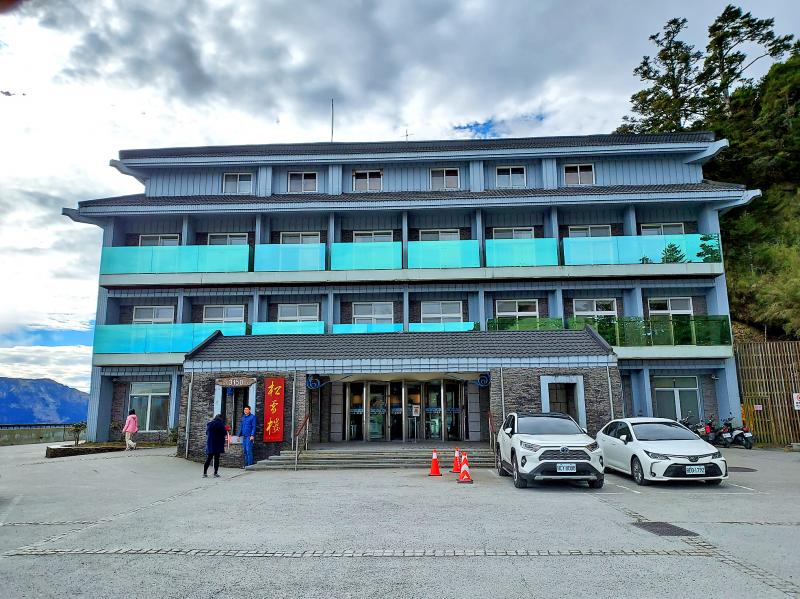
Photo: Tyler Cottenie
In 1968, Hehuan Lodge (合歡山莊) was built on the site of an old Japanese-era police station in order to expand accommodations. This building was renovated and now serves as a visitor center and cafe. Some ski groups were also allowed to use the military’s winter training facilities, still visible down below the former Hehuan Lodge. These facilities were intended to train soldiers for the frigid conditions they might encounter in northern China, when Chiang Kai-Shek’s (蔣介石) dream of taking back the mainland finally came to fruition.
LUXURIOUS ACCOMMODATIONS
Speaking of Chiang, Taiwan’s highest hotel now stands on the location of one of his famous villas. Songsyue Lodge (松雪樓, literally: Pine Snow Lodge) was built for the Generalissimo from 1964 to 1966, but only three years later, was opened for business to the general public. By 1996, it had fallen into disrepair and was closed down, but the Forestry Bureau undertook a reconstruction project and finally reopened it to the public in 2009. Though some mountain lodges used by hikers are indeed higher than Songsyue Lodge, none of them are connected to the electrical grid, nor do they offer hot showers or private rooms like Songsyue Lodge.

Photo: Tyler Cottenie
Songsyue Lodge is a modern hotel with an attractive lobby done in wood and stone, and private 2 and 4-person rooms, each with its own bathroom. Rooms with a view cost a little more than those facing the trees, but if the weather is clear, the extra cost is worth it. The unobstructed view of Cilai Mountain and the valley descending toward Taroko Gorge is unmatched by any other hotel in the country. The building is also centrally heated and each room has its own thermostat: in the dead of winter, a night here might be more comfortable than your own home in the lowlands.
All guests at the lodge are also provided with dinner and breakfast in the restaurant. It is a buffet style meal with a good variety of food sure to satisfy all palates. Being catered to in such a way while enjoying a heated indoor space set in Taiwan’s beautiful high mountains makes for a uniquely indulgent experience; there is simply no other place like this in the country. No other place, that is, except the Ski Lodge (滑雪山莊) right next door.
In 1975, at the height of the downhill skiing craze, the Forestry Bureau also opened a training center just below Songsyue Lodge. Nowadays, this building is known as the Ski Lodge and offers accommodations for tourists at a slightly cheaper rate than Songsyue Lodge, ideal for those on a budget or for solo travelers.
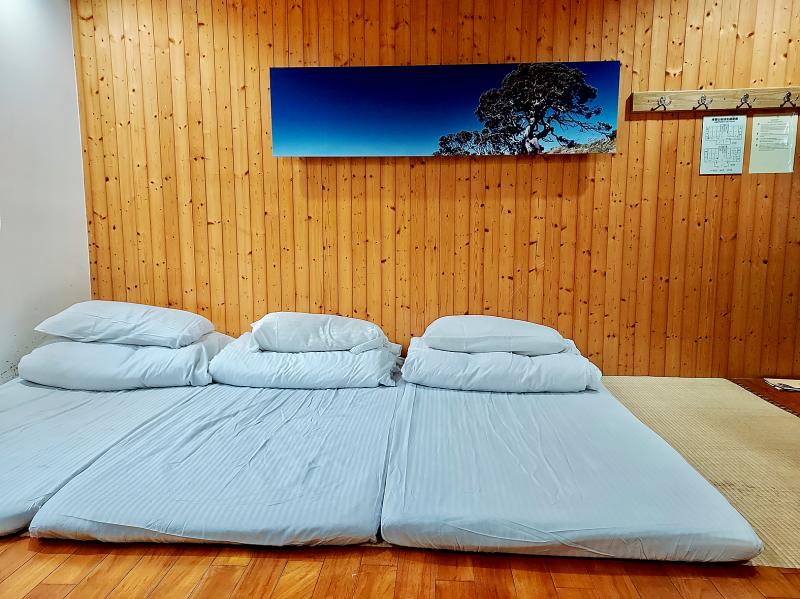
Photo: Tyler Cottenie
The second floor contains smaller rooms with views of the adjacent valley, while the first floor contains larger Japanese-style rooms with attractive wooden flooring, decorative screen doors and tatami mattresses. Guests from different parties may be assigned to the same room in the Ski Lodge, as in a hostel. There are common bathrooms with hot showers, and electric blankets for all guests, so even on the coldest of winter nights one is sure to stay cozy here, too. What’s more, a night’s accommodation here also includes the same buffet dinner and breakfast at Songsyue Lodge, just up the hill.
STOP TO SMELL THE FLOWERS
Visitors to the Hehuan Mountain may want to come simply to breathe the fresh mountain air and appreciate the scenery. Lounging in your room or at the cafe is an excellent way to spend a day or two. If you are itching for a little walk, there is a pointy peak just a short walk up behind the cafe. Just down the road is the trailhead for Shihmen Mountain (石門山), the easiest of Taiwan’s 100 Peaks: less than 30 minutes on a gradual slope is all that’s needed to reach the summit. Hehuan Mountain proper, another of the 100 Peaks nearby, requires about an hour to summit, also on a gradual slope.
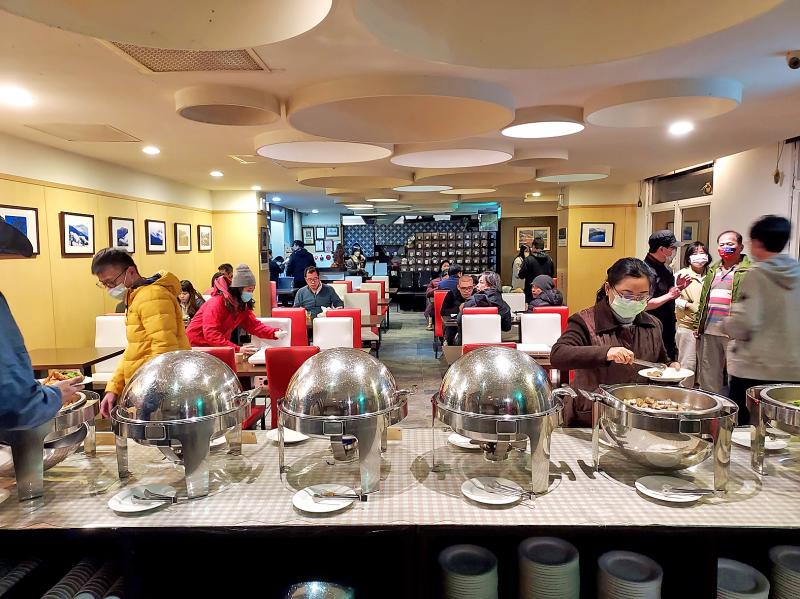
Photo: Tyler Cottenie
A more strenuous of the 100 Peaks, Hehuan East Peak, takes about an hour, on a much steeper path right behind the hotel. Though it’s more difficult, there is the added bonus of seeing the abandoned chairlift towers and the crumbling brick building at the top of the line on your way up. The hotel area is also a convenient staging point for more distant peaks in the area, like Hehuan North, Hehuan West, Cilai and Pingfeng (屏風) Mountains.
One final draw of Hehuan Mountain is the rhododendron season. In May of every year, with a shoulder season that can extend into April and June, the hillsides explode with color as these flowers come into bloom. The species commonly seen on Hehuan Mountain is only found in Taiwan, and features hot pink buds opening into large whitish pink flowers.
To book a room, go to hehuanline.forest.gov.tw (Chinese only). Bookings open at 8am 30 days in advance, and generally fill up within seconds for popular times like weekends. Consider spending the night before your arrival between 2,000 and 2,500 meters, as a direct ascent to over 3,000 meters causes altitude sickness in some people.
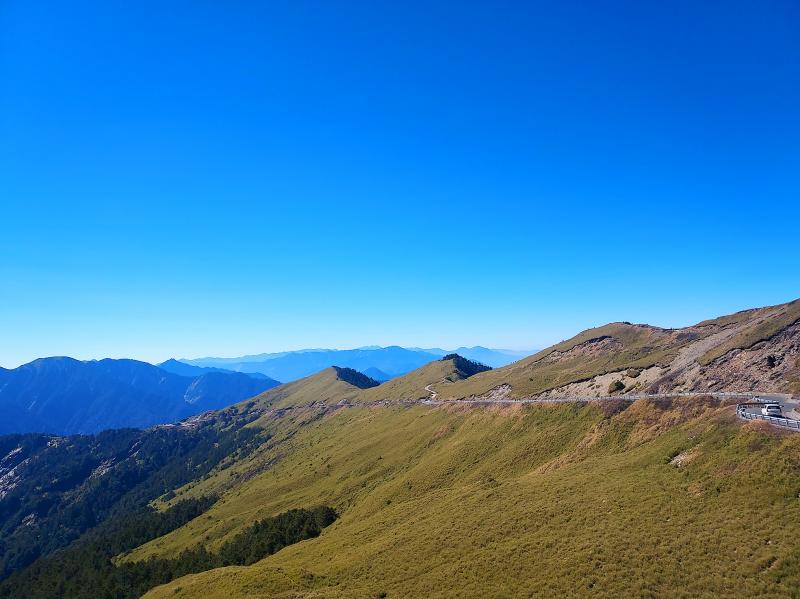
Photo: Tyler Cottenie
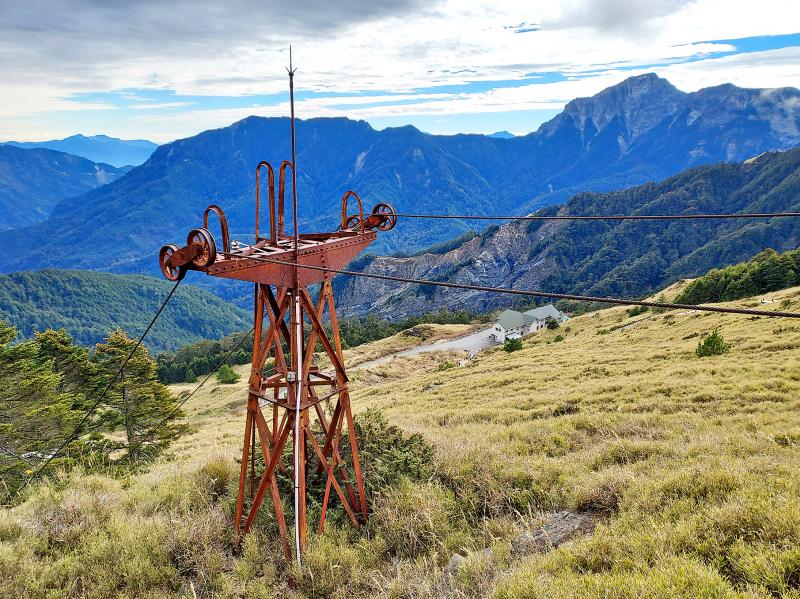
Photo: Tyler Cottenie
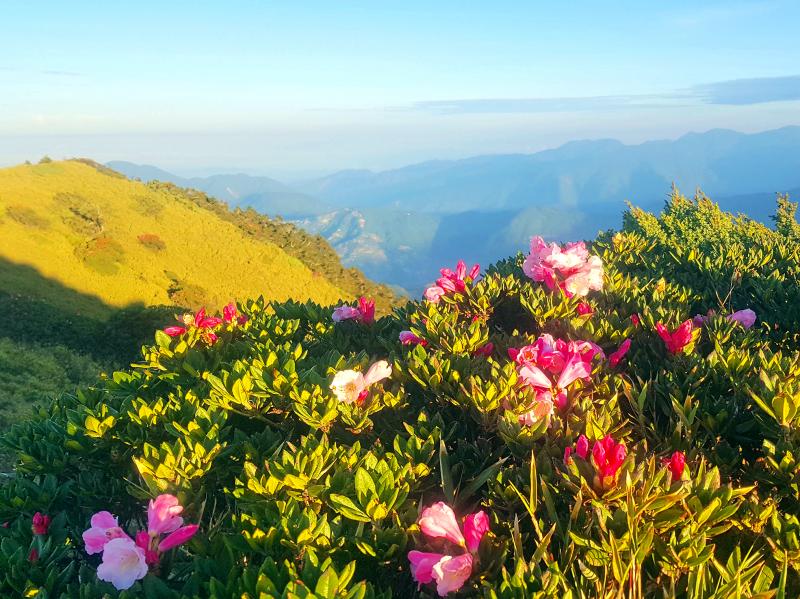
Photo: Tyler Cottenie
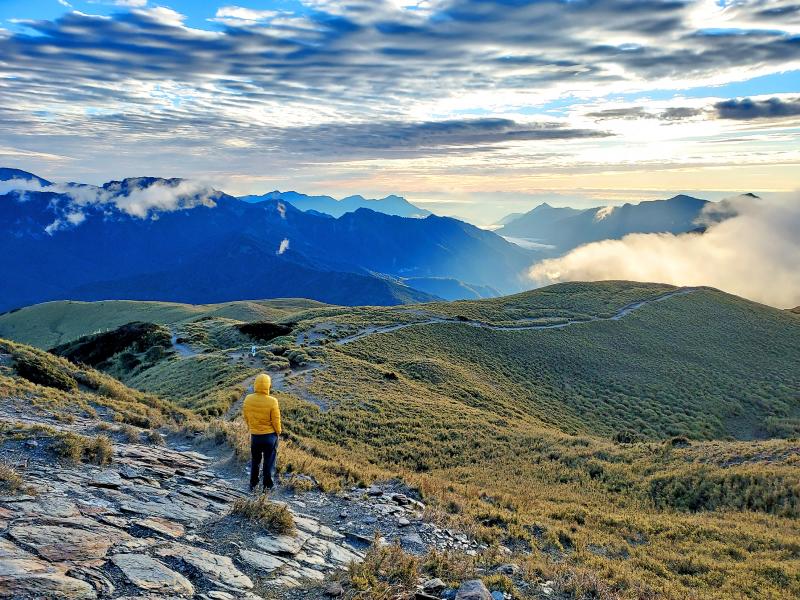
Photo: Tyler Cottenie

The slashing of the government’s proposed budget by the two China-aligned parties in the legislature, the Chinese Nationalist Party (KMT) and Taiwan People’s Party (TPP), has apparently resulted in blowback from the US. On the recent junket to US President Donald Trump’s inauguration, KMT legislators reported that they were confronted by US officials and congressmen angered at the cuts to the defense budget. The United Daily News (UDN), the longtime KMT party paper, now KMT-aligned media, responded to US anger by blaming the foreign media. Its regular column, the Cold Eye Collection (冷眼集), attacked the international media last month in

On a misty evening in August 1990, two men hiking on the moors surrounding Calvine, a pretty hamlet in Perth and Kinross, claimed to have seen a giant diamond-shaped aircraft flying above them. It apparently had no clear means of propulsion and left no smoke plume; it was silent and static, as if frozen in time. Terrified, they hit the ground and scrambled for cover behind a tree. Then a Harrier fighter jet roared into view, circling the diamond as if sizing it up for a scuffle. One of the men snapped a series of photographs just before the bizarre

Feb. 10 to Feb. 16 More than three decades after penning the iconic High Green Mountains (高山青), a frail Teng Yu-ping (鄧禹平) finally visited the verdant peaks and blue streams of Alishan described in the lyrics. Often mistaken as an indigenous folk song, it was actually created in 1949 by Chinese filmmakers while shooting a scene for the movie Happenings in Alishan (阿里山風雲) in Taipei’s Beitou District (北投), recounts director Chang Ying (張英) in the 1999 book, Chang Ying’s Contributions to Taiwanese Cinema and Theater (打鑼三響包得行: 張英對台灣影劇的貢獻). The team was meant to return to China after filming, but

Power struggles are never pretty. Fortunately, Taiwan is a democracy so there is no blood in the streets, but there are volunteers collecting signatures to recall nearly half of the legislature. With the exceptions of the “September Strife” in 2013 and the Sunflower movement occupation of the Legislative Yuan and the aftermath in 2014, for 16 years the legislative and executive branches of government were relatively at peace because the ruling party also controlled the legislature. Now they are at war. The Democratic Progressive Party (DPP) holds the presidency and the Executive Yuan and the pan-blue coalition led by the